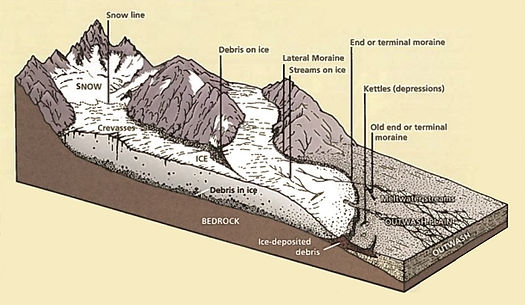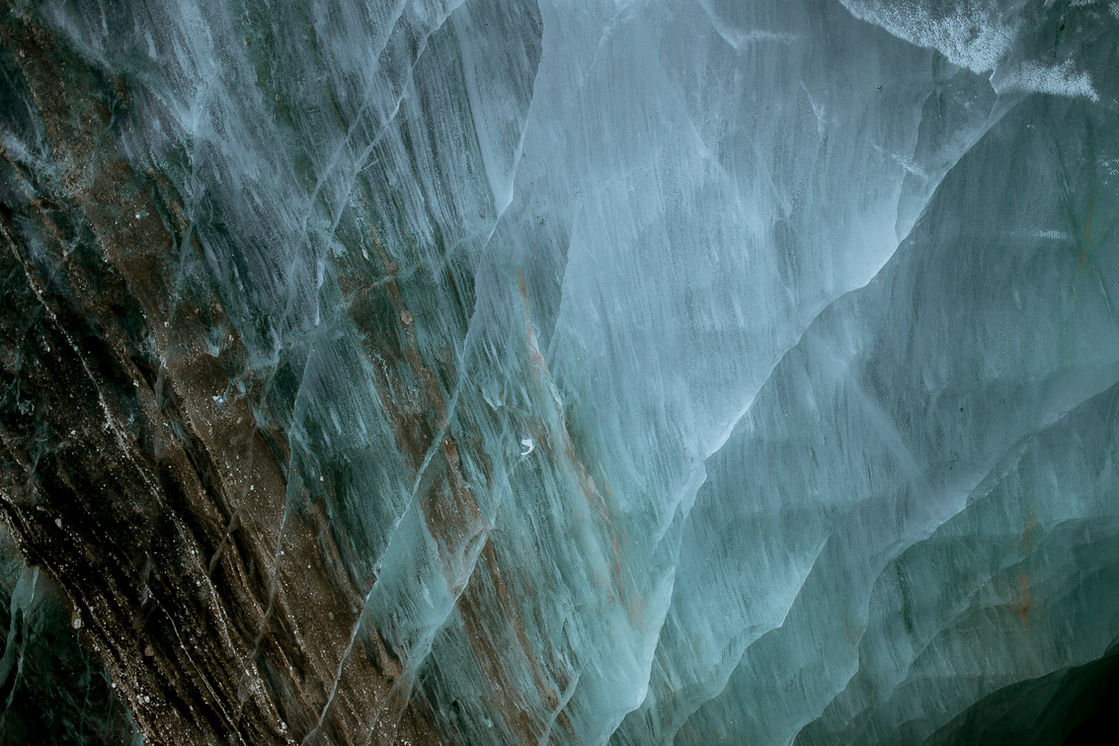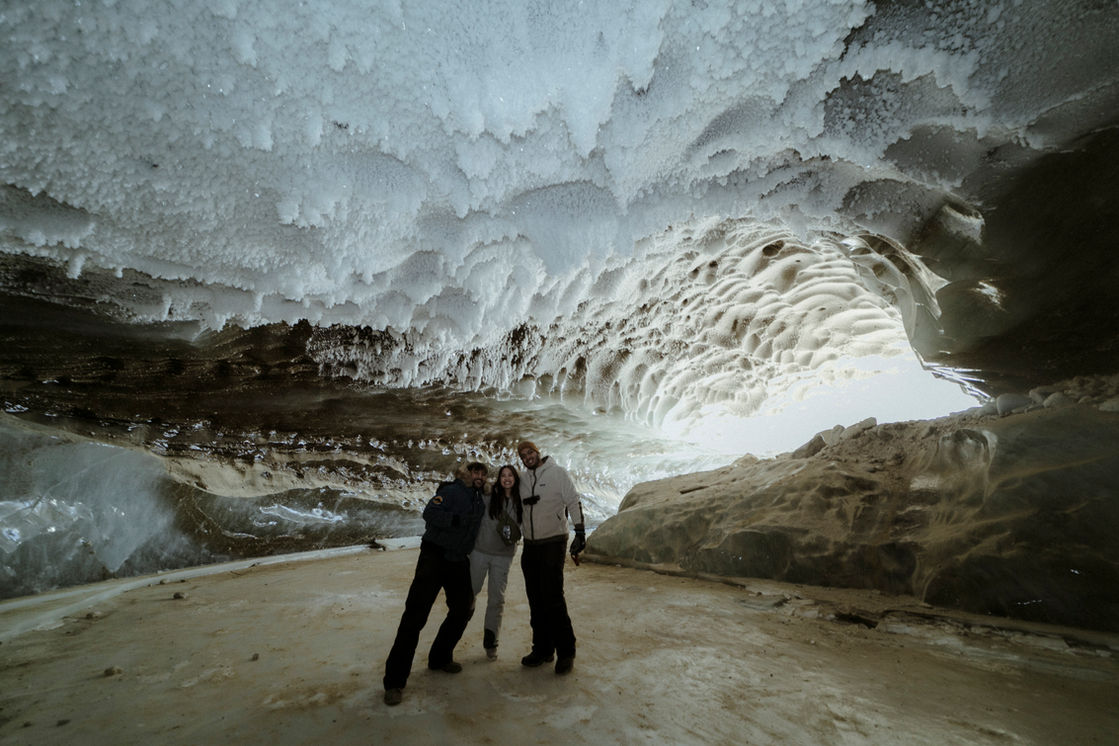glacier & Tour
FAQ
Getting to the Glacier
There are no facilities, cell service, signs, or maintained trails at the Castner Glacier.
Conditions can vary greatly, from a casual afternoon stroll along an obvious path one day, to tricky winter navigation in fresh snow, high winds, and dangerously cold temperatures the next. Without the proper gear, knowledge, and mindset hazards such as hypothermia, frostbite, avalanches, overflow, and rock/ice fall can cause serious injury or death.
Having appropriate clothing for the conditions is key to a successful and enjoyable hike, especially in below freezing winter conditions. Participants must come prepared with their own winter clothing, your guide will answer any questions and check your clothing before the tour.
The best option is to bring multiple layers that can be adjusted to suit the current weather.
Clothing Suggestions:
-
Non-cotton base layers
-
Wool socks
-
Insulating pants and jacket layer
-
Wind or water proof pants and jacket layer
-
Extra warm mittens
-
Extra face cover
-
Goggles/sunglasses
-
Sunscreen (yes really!)
Mandatory Winter Clothing:
-
Insulated winter boots
-
Snow gloves or mittens
-
Knit hat or beanie
-
Winter jacket or parka
-
Insulated or shell snow pants
-
Face cover such as scarf or balaclava
What to wear
Weather
& Conditions
When it comes to weather, we like to follow this motto: "hope for the best, plan for the worst!" The weather here is often extreme, and temperatures during our guiding season can range from below -20°F to +40°F. Your guide will be watching the weather forecast, and can answer questions on driving conditions and what to wear. Delta Junction is the last stop for gas, food, and bathrooms before we start the adventure.
.jpg)
NPS
In the tallest reaches of the Alaska Range, two things happen that cause glaciers to form. First, it snows more on these high elevation peaks and bowls. Second, it stays colder year-round. Combined this creates conditions where more snow falls in the winter than can melt in the summer.
As many seasons pass, this left over snow stacks up, eventually compressing into ice which accumulates enough mass that it is pulled down the mountain by gravity, eroding mountains into channels and gullies and pushing this extra ice into lower elevation areas where there is no snow in the summer and it melts.
Ice crystals

Why do Glaciers Exist?
Glaciers are incredible examples of natural beauty, and understanding how they form and change over time is key to appreciating their majesty. One aspect that fascinates us is the growth of ice crystals within the ice caves. These crystals begin when water molecules attach themselves to particles such as dust or pollen, and continue to grow as more water molecules move past them through the air, and freeze onto them. It's a fascinating process that takes place over the winter when the exact right conditions are present. These crystals completely melt in the spring, but you're sure to find them grown back every winter.




















